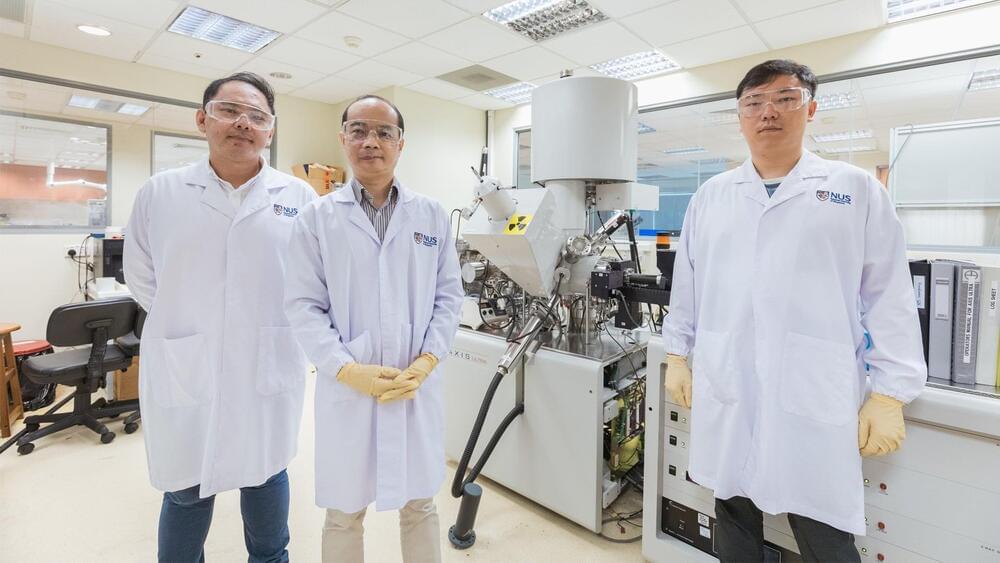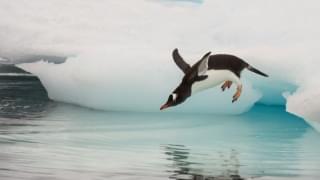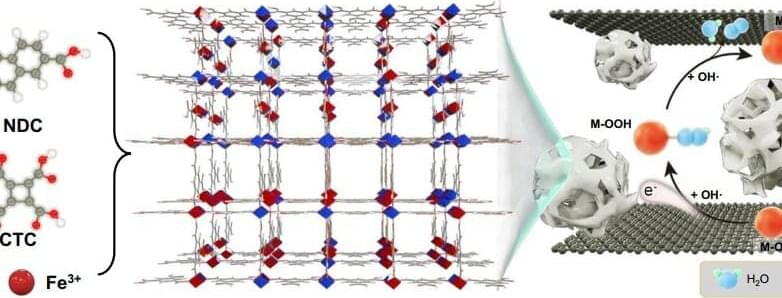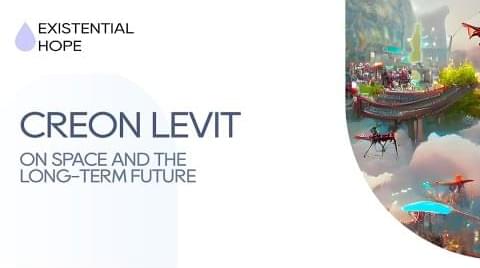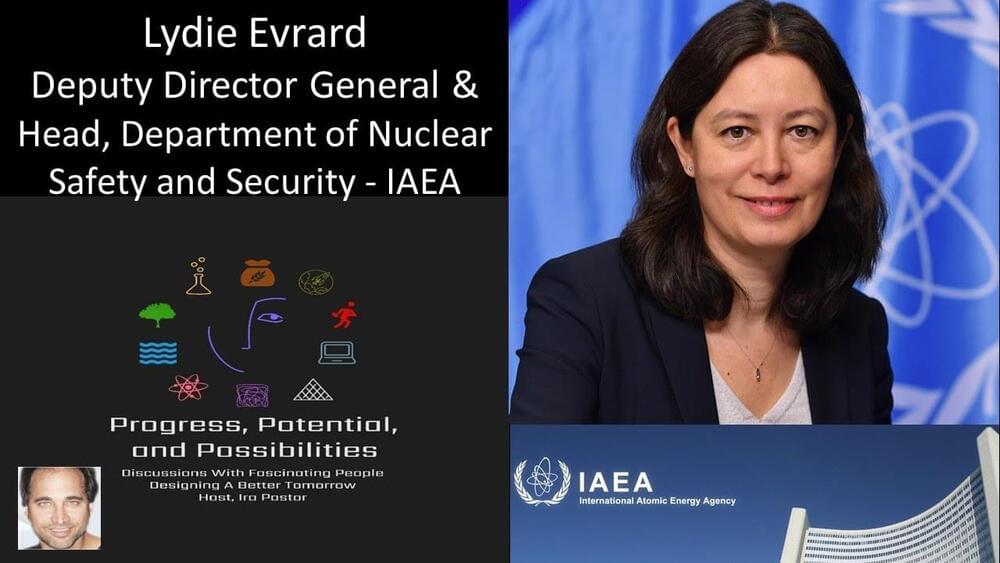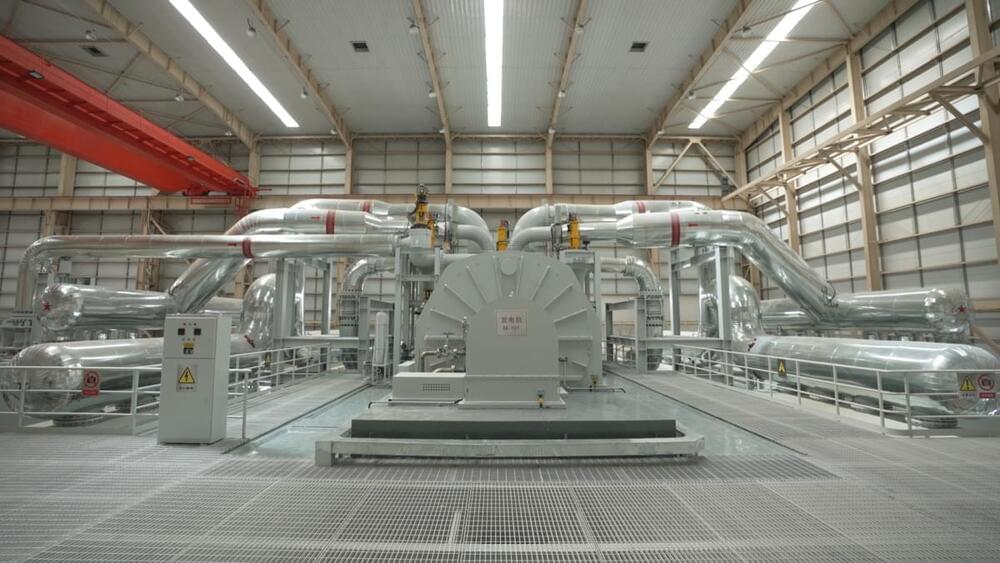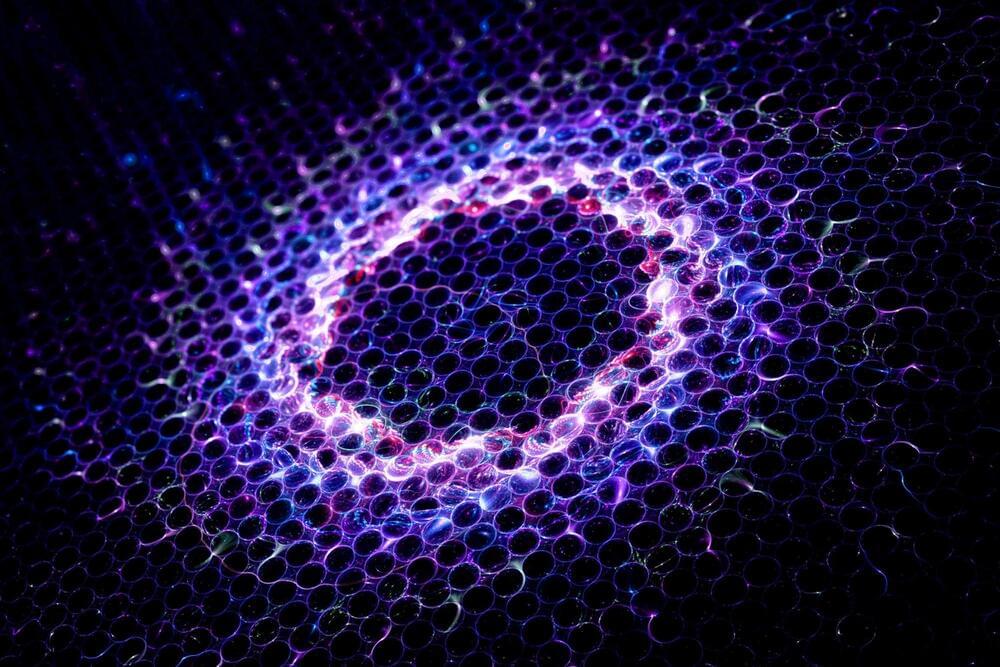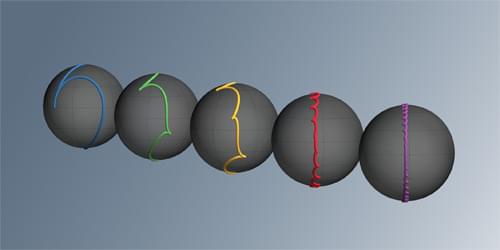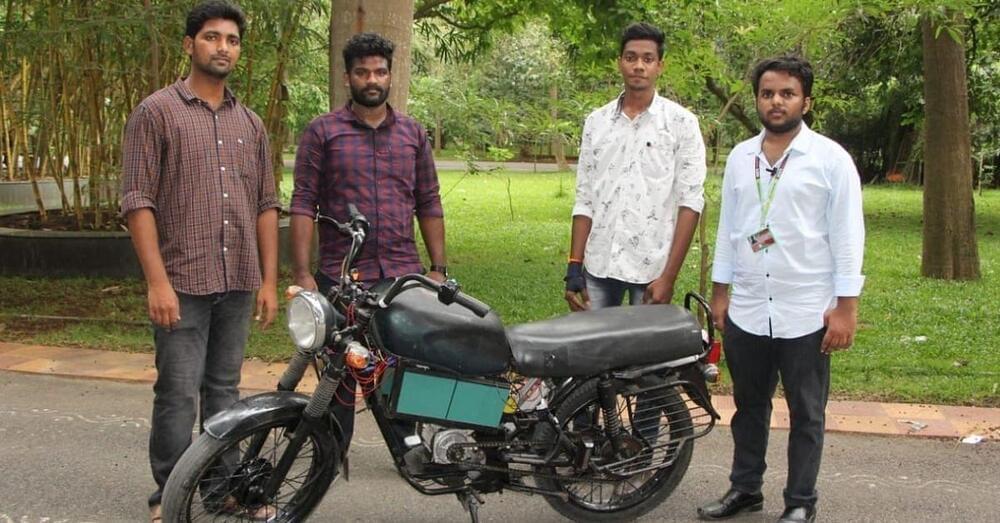Oct 30, 2022
Revolutionary technique to generate hydrogen more efficiently from water
Posted by Kelvin Dafiaghor in categories: chemistry, computing, engineering, sustainability
A team of researchers from the National University of Singapore (NUS) have made a serendipitous scientific discovery that could potentially revolutionize the way water is broken down to release hydrogen gas—an element crucial to many industrial processes.
The team, led by Associate Professor Xue Jun Min, Dr. Wang Xiaopeng and Dr. Vincent Lee Wee Siang from the Department of Materials Science and Engineering under the NUS College of Design and Engineering (NUS CDE), found that light can trigger a new mechanism in a catalytic material used extensively in water electrolysis, where water is broken down into hydrogen and oxygen. The result is a more energy-efficient method of obtaining hydrogen.
This breakthrough was achieved in collaboration with Dr. Xi Shibo from the Institute of Sustainability for Chemicals, Energy and Environment under the Agency for Science, Technology and Research (A*STAR); Dr. Yu Zhigen from the Institute of High Performance Computing under A*STAR; and Dr. Wang Hao from the Department of Mechanical Engineering under the NUS CDE.
